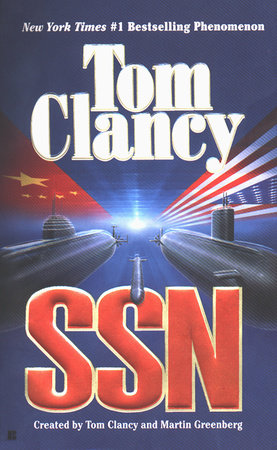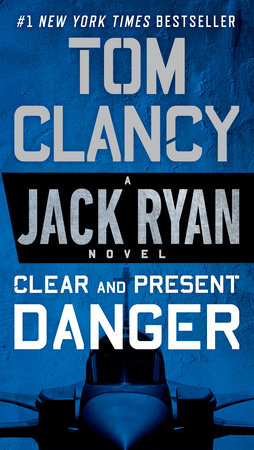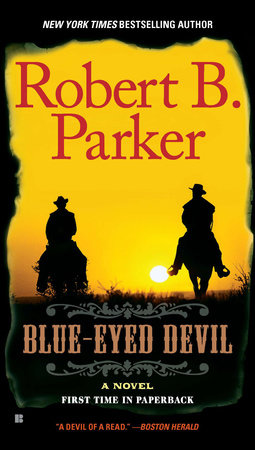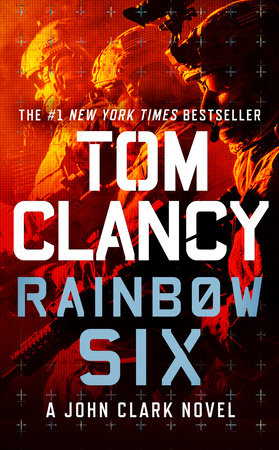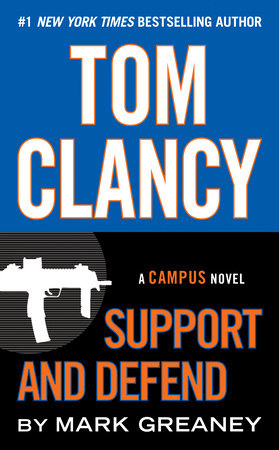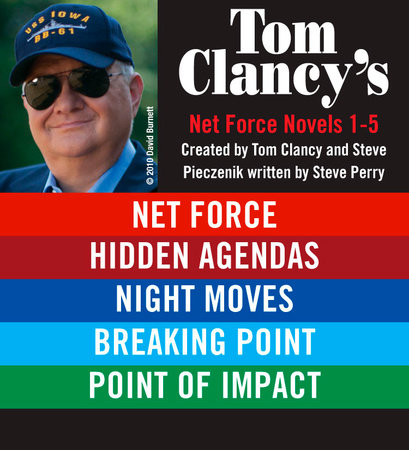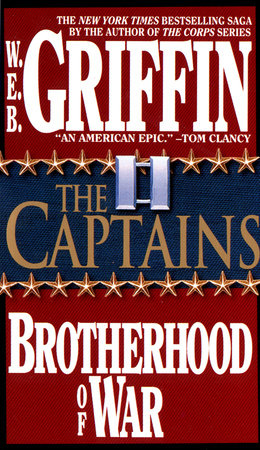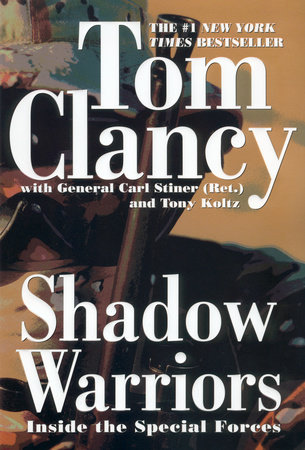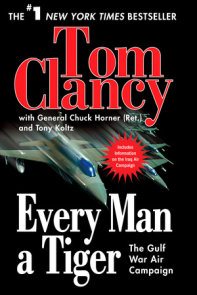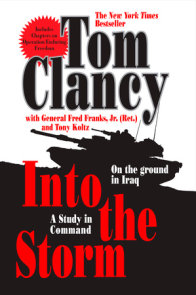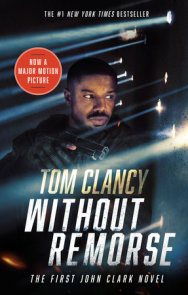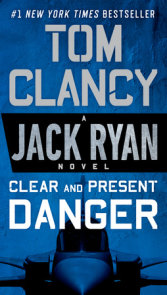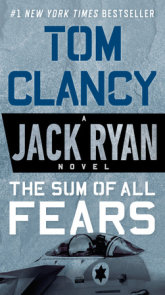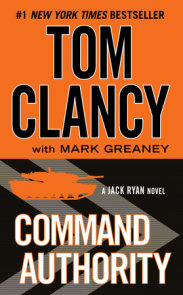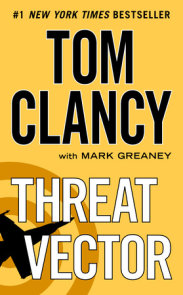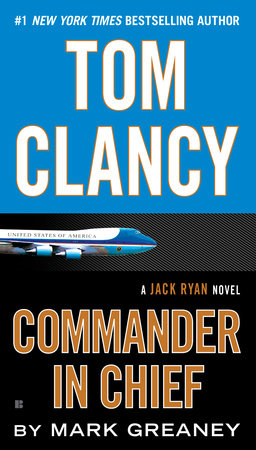- Q: There have been other books written about the Special Forces. What makes this one different?
A: It’s the most complete book ever written on the subject. Most books about the Special Forces have been written from an event- or period-specific point of view (i.e. the Crisis in Panama or the Vietnam War era). Shadow Warriors looks at the entire history of Special Operations forces from World War II to the present day. In doing so it explains how the United States developed its current Special Operations capabilities. And it has been written in such a way so as to give readers a better understanding and feel for the utility of these forces to tackle the current challenges we’re facing in this war against terrorism as well as those we’re likely to face in the future.
- Q: Your first Special Operations tour of duty was from 1964-1966 with the 3rd Special Forces Group at Ft. Bragg. Your final Special Ops tour was as the Commanding General of the U.S. Special Operations Command (USSOCOM). What’s the greatest change you’ve seen in Special Forces in the years spanning those two assignments?
A: There has been a tremendous change in the quality of the people selected for Special Operations forces and how they are trained. When I joined Special Operations in 1964 the troops were certainly expert at what they did but their main focus was almost exclusively on unconventional warfare. Special Operations soldiers today are much more capable in a much broader range of missions. Special reconnaissance, counter proliferation, combat search and rescue, coalition warfare, humanitarian assistance, disaster relief, noncombatant evacuation, humanitarian demining, peacekeeping, crisis response, combating terrorism, military training assistance, and the enforcement of sanctions or exclusion zones are all now Special Operations mission areas.
- Q: What’s the biggest misconception people have about Special Forces?
A: Many people have come to see Special Forces strictly as non-conformist unconventional warriors and Rambo-like snake-eaters. Nothing could be further from the truth. Special Operations forces are versatile professionals of the highest quality. Because of their adaptability they often function as direct instruments of U.S. national policy. As they carry out their missions they develop relationships with military and political leaders of host nations that are of great benefit to the United States.
- Q: When you first joined Special Forces you knew very little about who they were or what they did because their secretive, closed nature extended to the rest of the army. Is that still the case today?
A: It’s not nearly as much of a factor as it used to be. The senior leadership in Special Forces has made a concerted effort to educate commanders, all the way up to the four-star level, about the utility and versatility of SOF in meeting their peacetime and wartime needs. And we integrate all training activities where Special Forces skills and talents would be applicable. As a result, Special Forces no longer operate behind what we used to call “the green door.” In fact, since 1986 the commander in chief (CINC) of each of the five major warfighting Commands that the world is divided among (SOUTHCOM, CENTCOM, PACCOM, and so on) has been given his own Special Operations command element right in his headquarters. That element, headed by a flag rank officer and consisting of senior Special Operations officers from all services, manages, integrates and even commands Special Operations forces for the CINC. The same thing happens all the way down to the division level, where we provide teams to assist in integrating Special Operations activities and forces. So there is no secrecy from that standpoint. Special and conventional forces operate together on the battlefield as never before.
Of course there is still operational security associated with missions that have to be safeguarded for national security reasons—such as the missions taking place in Afghanistan right now. You never want to compromise missions or limit your available options for getting the job done because of a lack of security. And of course you want to do everything possible to protect the lives of your troops and their families.
- Q: What do you consider the lowest point and the highest point in the history of Special Forces to date?
A: That’s hard to define. I guess the lowest point probably came after Vietnam. Because of downsizing and the military’s shift of focus back to the Cold War, Special Forces received little funding and had to be extremely innovative in creating training activities to keep its skills sharp. It took them—and indeed the entire military—about ten years to get over Vietnam and build back to the kind of capability the world saw in Panama in the late 1980s, Desert Storm in the ‘90s, and Afghanistan today. A key turning point came in 1987 with the creation of the U.S. Special Operations Command (USSOCOM). It was this event that truly helped break down the wall that had come between Special Operations forces and other parts of the military. It allowed Special Operations forces to come into their own.
- Q: What was so significant about the Goldwater-Nichols Act of 1986, and the Nunn-Cohen amendment to that Act?
A: Prior to Goldwater-Nichols, the individual services “owned” their own special operations forces. The Navy had its SEALs, the Air Force had Air Force Special Operations Forces, and the Army owned the Green Berets, the Rangers, the Delta Force, Pychological Operations and Civil Affairs. Although the Army did a better job of funding their Special Forces than the other services, there was a perception in Congress that the services were, as a rule, programming money for modernizing SOF but then moving that money to fund conventional type activities. As a result, Special Operations readiness was not increasing. The Goldwater-Nichols Act, and the Cohen-Nunn Amendment to that act, took all those forces away from the different services and assigned them to a separate four-star Command (the above-mentioned USSOCOM.) It is this unification that has allowed Special Operations forces to modernize and to develop the capabilities they now have.
- Q: How does Special Forces training differ from training in other branches of the military?
A: It is different in its orientation. The training for both Special Operations forces and conventional forces is intense and thorough, but SOF training is focused on those skills that are unique and special to SOF missions such as deep reconnaissance, direct action, coalition warfare, counter proliferation, combat search and rescue, and so on. These sorts of activities—which often take place deep behind enemy lines—require unique skills, specialized equipment to accomplish, cultural training for the region of the world to which the missions are oriented, and extensive language training. It takes a heck of a lot more time—in some cases years longer—to train and produce Special Forces soldiers than it does soldiers for conventional forces.
- Q: What do you think will most surprise readers of this book?
A: I think they’ll be surprised at the extent to which Shadow Warriors affords them a clear and full understanding of the makeup of Special Forces; what kind of people they really are; the training they go through; and how fortunate we are as a nation to have their capabilities at our disposal in this day and age—particularly in light of recent world events.
- Q: Of all the stories, anecdotes, tales, and incidents you describe in this book, which stands out most in your mind?
A: I would say the Achille Lauro incident is one of the most important stories in the book because it represents our first real success against terrorism. Prior to that we had been chasing our tail for quite some time when it came to effective strikes against terrorists. We had certainly had successes, but they came primarily because our anti-terrorist actions had thwarted planned attacks. The Achille Lauro affair was the first time we actually were able to get our hands on terrorists and bring them to justice. Having singled out Achille Lauro, however, I’d also add that all of the stories in this book are important. Special Operations forces did an absolutely outstanding job in Panama, in Desert Storm, and in hundreds of missions around the world that we didn’t have room to talk about in the book. And they’re out there carrying out those missions every day—with little or no fanfare.
- Q: Why was Operation JUST CAUSE—the U.S. operation in Panama against Manuel Noriega and the Panamanian Defense Force—such a milestone for Special Operations forces?
A: It was probably the first time ever that Special Operations forces were truly integrated as a vital part of the overall operations plan for accomplishing that kind of mission. When you integrate Special Ops forces with conventional forces the result is a capability far beyond what would otherwise be possible. It was this blending and integration that resulted in America’s quick victory in Panama.
- Q: One of the memorable media images from JUST CAUSE was the blaring of rock and country western music outside the Papal Nunciatore where dictator Manuel Noriega had taken refuge. The impression most people got was that this was done simply to unnerve Noriega. You were in command of the overall Panama operation. Why did you order that music to be played?
A: From the very beginning of JUST CAUSE we had been hunting relentlessly for Noriega. The press had been allowed into Panama and we had put them out with different combat units so they could get their stories. Once word got out that Norgiega was holed up at the Nunciatore, and that we had him surrounded, the press broke away from their assigned units and flocked to a nearby Holiday Inn. They literally took over the place. They were out on all the little balconies of the hotel with these powerful parabolic microphones trying to pick up the ongoing negotiations in the Nunciatore to get Noriega, and the women and children that were holed up with him, out of the building. These were very delicate negotiations. We feared that if they were picked up by the press and compromised in the media we’d lose options. We needed a way to mute those microphones. That’s why we started blaring the music. And of course it wasn’t just music we were playing. We also patched in Armed Forces Radio in Panama so Noriega could hear how the war was going. We wanted him to clearly understand that his henchmen were being captured or surrendering, that his power base had dwindled away to nothing, and that he was trapped. Needless to say the press didn’t like what we were doing. They started calling directly to the White House, saying we were violating their first amendment rights. Eventually we were told to stop.
- Q: You characterize the work of Coalition Support Teams during the Gulf War as an “unsung yet critical mission.” What exactly is a Coalition Support Team (CST) and why was their work so important?
A: After the Gulf War General Schwartzkopf described the Special Forces Coalition Support Teams as “the glue that held the coalition together.” In most cases the CST for a battalion size coalition unit was an A-detachment, which consists of twelve men. For a brigade or division sized unit the CST was usually a B-detachment, which consists of three A-detachments under the command of a major. Either way, the men in these teams spoke the native langue of the units they were supporting. They assisted with training, served as the link to U.S. fire support, helped develop and integrate battle plans with U.S. fire and maneuver forces, and went into battle side by side with their coalition comrades. They also served as General Schwarzkopf’s direct link to coalition units and provided truth in reporting. So they were absolutely vital. Special Forces are playing the same role in Afghanistan today as they serve with various anti-Taliban forces and tribal units. Without them we wouldn’t have any idea what was happening on the ground in Afghanistan; there would be no close fire support; and no way to influence those folks where it counts most—on the front lines.
- Q: The purpose of Tom Clancy’s Commanders Series is to provide a look deep into the operational art of war as seen through the eyes of some of America’s outstanding military leaders. Why is it important for civilians to have a greater understanding of the military?
A: Civilians should have a greater understanding of the military because their tax dollars are paying for the defense of our freedom. They deserve to know where their dollars are going, how those dollars are being used, and what readiness they’re receiving for every dollar invested.
- Q: What do you want readers to get out of this book?
A: I want them to come away from Shadow Warriors feeling like they’ve just read an extremely credible book. The information here is a hundred percent factual. We’ve told readers as much as we possible can, in an unclassified way, to make the SOF story interesting and to educate them as to what these quiet professionals are made of and how important they are to our nation now and for the future. I also want readers to have a better understanding and appreciation for the sacrifices SOF soldiers have made to defend our freedom.



